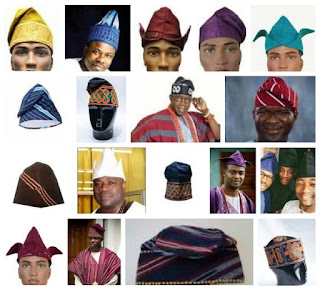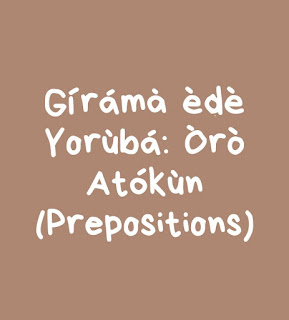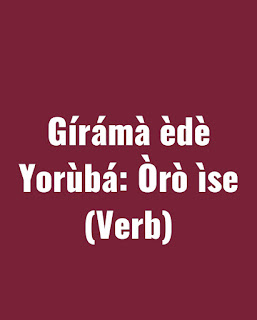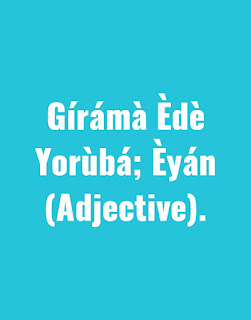Ęwààtoge: Orísirísi fìlà okùnrin ní ilè Yorùbá. Beauty&style (types of caps among Yorùbá men).

A man’s dressing is considered incomplete without a cap (Fìlà). Some of these caps include, but are not limited to; Gobi (Cylindrical, which when worn may be compressed and shaped forward, sideways, or backward), Tinko, Abetí-ajá (Crest-like shape which derives its name from it's hanging flaps that resembles a dog's hanging ears. The flaps can be lowered to cover the ears in cold weather, otherwise, they are upwardly turned in normal weather), Alagbaa, Oribi, Bentigoo, Onide, and Labankada (A bigger version of the Abetí-ajá, and is worn in such a way as to reveal the contrasting color of the cloth used as underlay for the flaps).













































